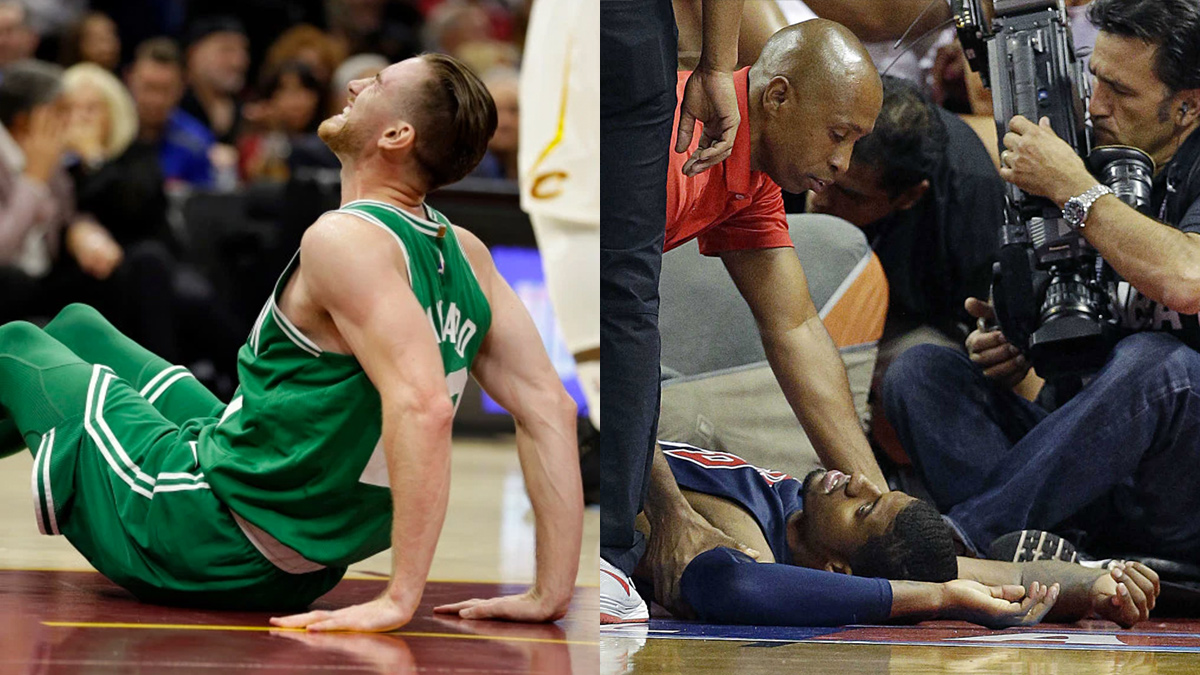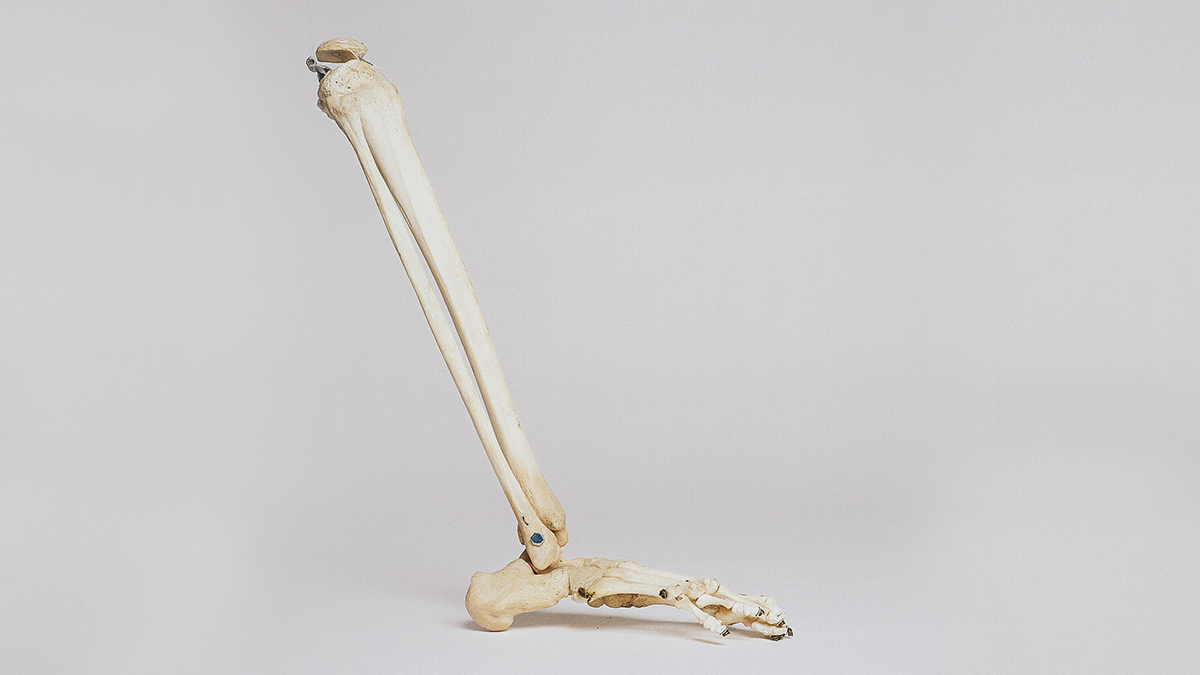IT WAS described as a “pop heard around the gym.”
At the close of a San Miguel Beermen practice in San Juan on Monday, February 3, June Mar Fajardo crumpled to the floor as he was running downcourt.
[ArticleReco:{"articles":["99438","99433","99425","99419"], "widget":"More from spin"}]
The team later confirmed that the Beermen mainstay suffered from a “complete fracture on his right tibia”.

In the NBA, the most recent high profile tibia injuries include Paul George, whose lower right leg bones both splintered and pierced the skin after a bad landing in a 2014 practice; Gordon Hayward, who broke his left shin and dislocated the ankle minutes into his first game with the Celtics; and, just last year, Portland center Jusuf Nurkic, who suffered compound fractures in his left tibia and fibula.

Another painful shin injury in the sports world happened in 2013 to MMA fighter Anderson Silva, whose left leg snapped into two during a fight with Chris Weidman.
Tale of the tibia

The tibia, or the shin bone, is one of two bones below the knee, and bridges the bones of the foot to the femur, or thigh bone. As the more frontal bone, it is stronger and larger than its partner, the tibia. In fact, the tibia is the second largest bone in the body, next to the femur.
As the body's primary load-bearers, an athlete's lower legs are prone to a variety of hurts. Among the most feared are ligament injuries, like the tearing of the ACL, or anterior cruciate ligament, which helps lock the tibia into place and prevents it from sliding out in front of the thigh bone.
But with the daily stress of running and high impact activities, athletes also need to watch their bones.
A complete fracture means that the bone is completely broken through, its pieces separated from each other. With its strength and thickness, it takes a lot for the tibia to suffer a complete fracture. You usually see cases of this in vehicular or industrial accidents, or falls from great heights.
But Fajardo was only running down the court. How did his Monday injury get so bad?
If you recall, Junemar Fajardo had previously fractured his lower leg. Back in 2018, he developed a stress fracture — small cracks in the bone — in the right shin, and had to sit out the Fiba World Cup Asian qualifiers.
“A BSI [bone stress injury] occurs along a pathology continuum that begins with a stress reaction, which can progress to a stress fracture and, ultimately, a complete bone fracture,” wrote Warden, Davis, and Fredericson in a 2014 article in the Journal of Orthopaedic & Sports Physical Therapy.
Rest and recovery

An orthopedic specialist at a leading Manila hospital (who asked not to be named as he is not directly involved in Fajardo’s treatment) said that for athletes in high-impact sports with repetitive movements, like running and basketball, this is an unfortunately common injury.
For an athlete, even everyday wear and tear, he said, could turn hairline fractures into complete breaks.
San Miguel management confirmed that the injured center immediately underwent surgery on Tuesday. In the case of this injury, this likely meant “fracture fixation”, a procedure to secure the broken bone in place.
While the specialist stressed that treatment and recovery differs from case to case, he believes that “maganda ang prognosis for recovery.”
Unlike ligament or joint injuries like ACL tears, “predictable ang healing ng bone.”
Still, it’s going to be a long term recovery. George only returned to active duty with the Pacers after eight months. Hayward took a year and a half. Nurkic only came back to Blazers practice just five days ago — and reported a calf strain.
After the successful surgery, Fajardo will need to go through “post-operation rehabilitation to allow him to recover at the soonest possible time,” said the SMB statement. They did not specify a timeline for his return to the hardcourt.
For weekend warriors like you and me, who may play one sport during nights or weekends, the orthopedic specialist says that cross-training could help prevent injuries. You could, for example, play basketball on Saturdays, but head to the gym during the week to lift weights. The variation of activity could spread out the the stress the body encounters, even if we're not playing at the same elite levels as these pro athletes.
Source: Spin PH
0 comments: